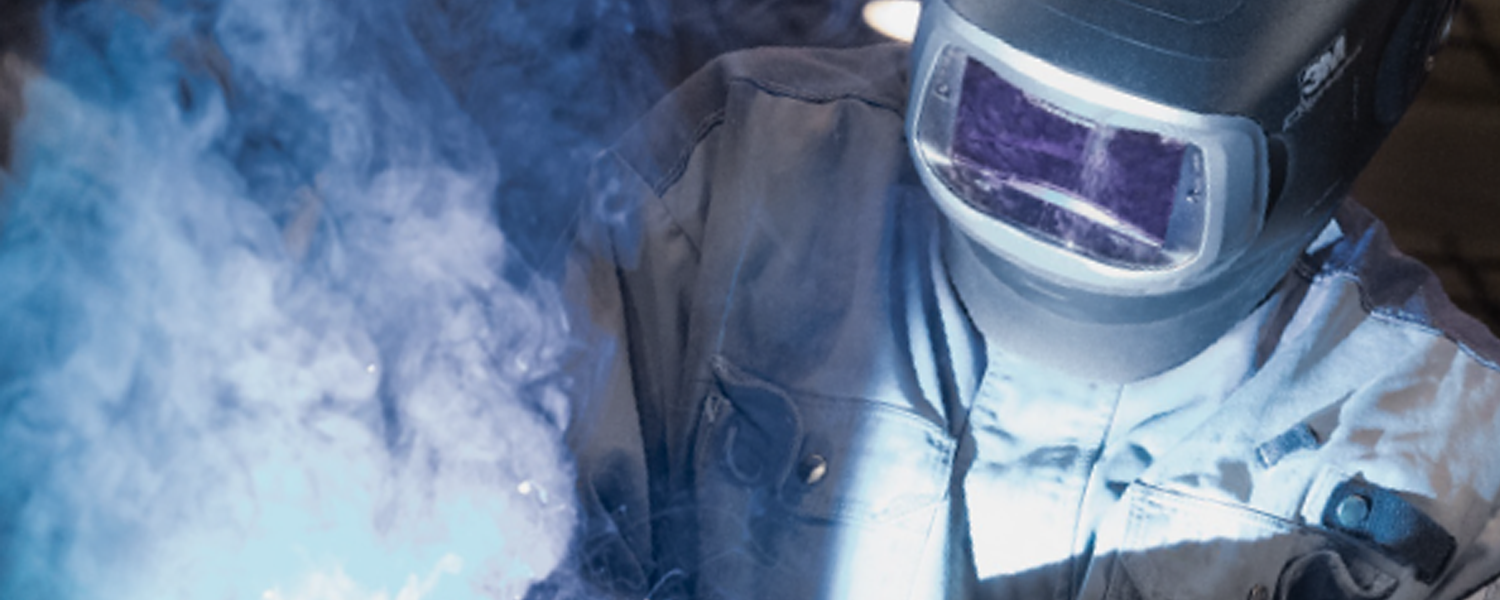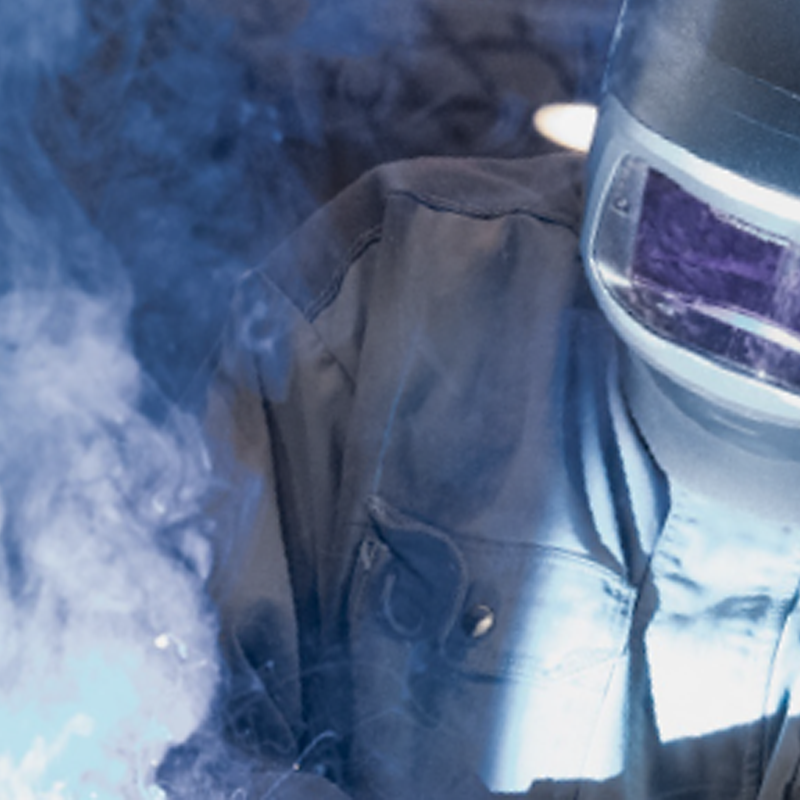Whilst many welding risks have been recognised for a long time and appropriate controls and personal protective equipment developed to guard against them, the serious impact of welding fumes has sometimes been underestimated.
In 2017, a significant development was made when the International Agency for the Research on Cancer (IARC) reclassified welding fumes from Group 2B “possibly carcinogenic to humans” to Group 1 “carcinogenic to humans”, following sufficient evidence that welding fumes can cause cancer.
Welding processes must be subject to risk assessment and the hierarchy of controls should be applied to these risks, including the use of Powered Air Purifying Respirators (PAPR) to reduce welding fume exposure to “as low as reasonably practicable”.
Keep safe from head to toe with fire and electricity resistant clothing, hand shields, welding gloves, aprons, and boots which can be worn to protect workers from heat, fires, electrocution and burns. It’s also worth remembering that flame retardant treatments become less effective with repeated washing. Pant legs must not have cuffs and must cover the tops of the boots because cuffs can collect sparks.
There are a number of steps that can be taken to minimise risk and exposure in around your working area.
• Good ventilation is key - ensure you’re work area has a good flow-through of clean air
• Wear the correct Personal Protective Equipment (PPE)
• Be vigilant when monitoring you or your teams’ health and look for symptoms of exposure
• Keep emergency equipment checked, available and on-hand whenever and wherever you’re working
• Know your first aid protocols
• Use fit-for-purpose tools to open chemical containers to prevent spillage
• When pouring chemical substance handle ensure your surface is stable to avoid splashing and spills
• Clearly label all chemical containers for easy reference
• Keep containers tightly closed when not in use
• Regularly check for leaks/ damage to any containers that hold chemical substances
• As much as possible minimise your exposure to a chemical substance
• Upskill your knowledge and keep up to date on approved handling techniques for chemicals
• Take a minute to read the manufacturer’s instructions carefully even if the product is one you use regularly
To find out more, scan the QR code below or click here to view the NZ Safety Blackwoods Focus on Engineering catalogue.




